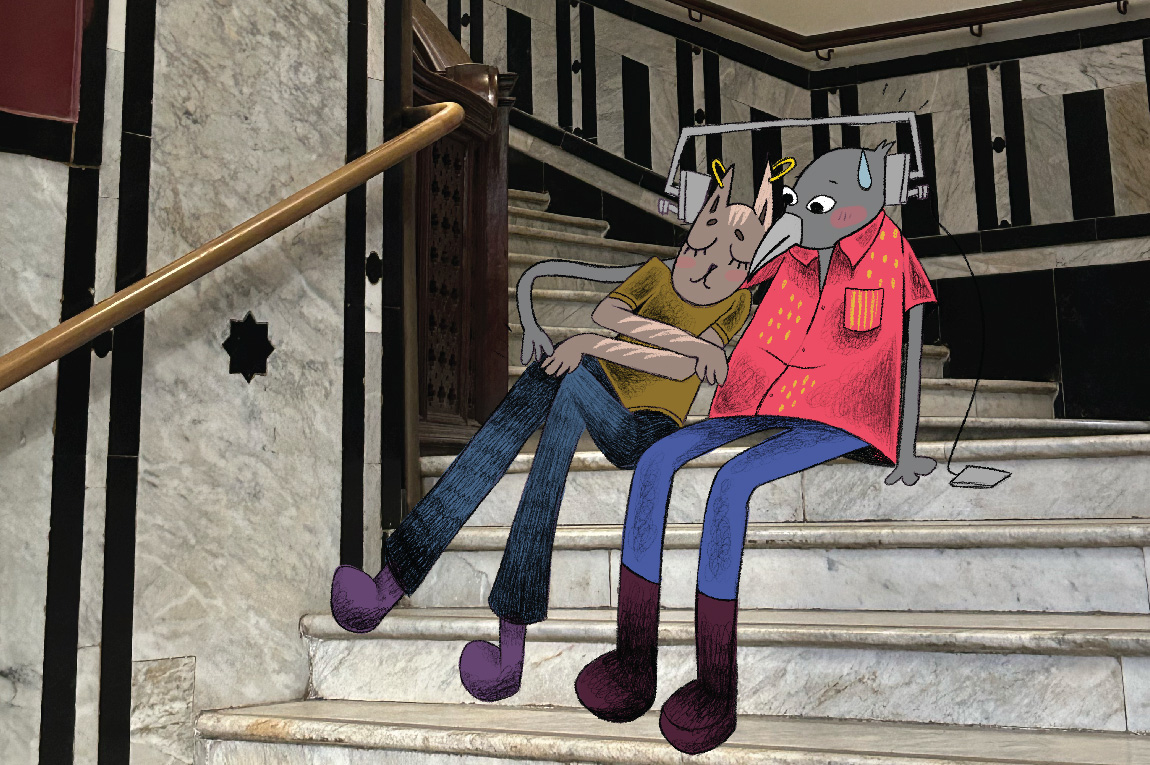As a child, I was enormously fascinated by temples and deities. Filled with colours, patterns and lights, they garnered a lot of fuss, much to my amusement. I grew up in T Nagar — one of the oldest and most traditional neighbourhoods of Chennai, then known as Madras — and temples were everywhere. Our house was two plots away from one of the city’s biggest Jain derasars. I would often go to play on the wide open grounds of the pristine white marble structure, ringing the copper bells, picking up coins lying on the plate that held the diya and dropping them loudly, hoping the caretaker would be fooled into thinking that I was genuinely praying and offering money. But the bigger temples aside, what intrigued me were the smaller shrines built into walls right beside the gate of a property.
Seated within a square-shaped hollow in the wall would be a statue or a framed photo of a beaming, rotund Ganesha. Years later, the apartment we moved into had such a shrine. On a daily basis, I would see the maami, a middle-aged married lady who lived below our flat, open the netted gate of the shrine, change the flowers and light a small oil vilakku, or clay lamp. The flowers she offered — from bright red hibiscus to cheery pink oleanders — were those found commonly around our compound. Once darkness descended, a small exposed light bulb was turned on to provide additional illumination. On special occasions like Ganesh Chaturthi, a priest would be called to offer a small puja.
The small shrine, more a cavity built into the wall, was often my marker to tell the autorickshaw driver where to stop. When I returned late at night, the building lights would be turned off, save for the tiny bulb left on, ensuring the little Ganesha was not kept in darkness.
Architect Jeevan Vupputur, of Jeevan & Associates, says that such shrines were a common feature in buildings or homes built on plots located at a T-junction. According to the ancient Vastu Shastra, such a location could be inauspicious. Known as vedhi shool or therukuthu, the obstruction of the road is considered to represent a blocked spear, thus symbolising the blocking of good fortune and luck. In addition to the location at a T-junction, the direction that the plot faces is also factored in. On those plots of land where the location is considered to be inauspicious as per Vastu, a shrine with a Ganesha is built to ensure evil forces are kept at bay. At times, over the years, a small shrine would grow into a mini temple.
While Vastu is followed across India, this practise of building shrines at T-junctions to ward off evil forces, is something commonly seen in Chennai. As the city has grown and expanded, newer neighbourhoods bear little resemblance with older parts. Most housing colonies consist of plots built on blocks. Crossroads are common but T-junctions are few and far between. With the changing cityscape, these temples built into walls have also become a rarer sight. Like they once were for my apartment, these temples are also a marker for my childhood in Chennai.
Our selection of stays across India, best visited for their design and style. Check in
Chaitali Patel is a freelance writer based in Dubai, and writes about travel, food and culture. She tweets at @07Chaitali.
Suriya RN is a photographer. He is on Instagram at @suriya_rn.














